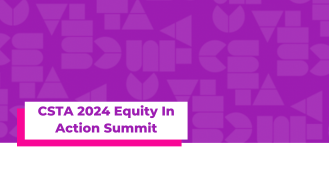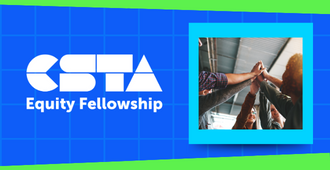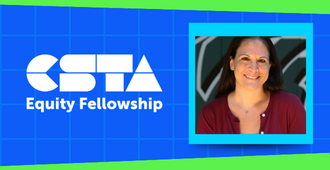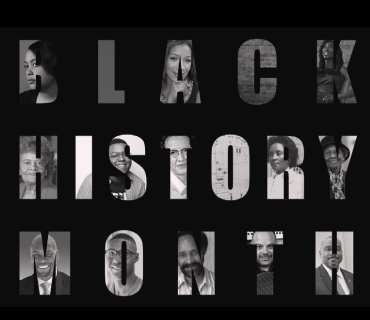
Full Story
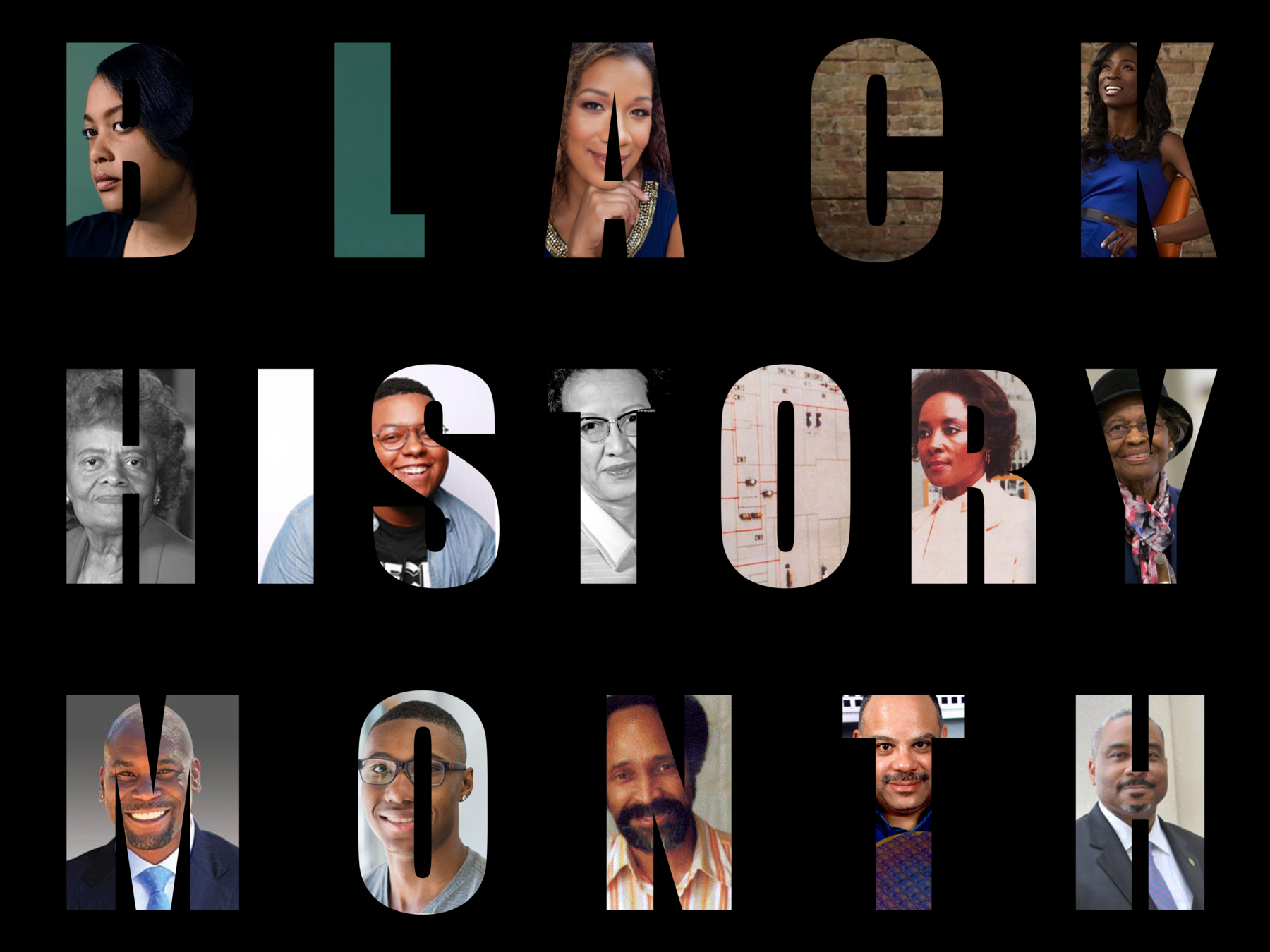 With an emphasis on the Black Lives Matter movement around the world, the importance of addressing social injustices are being discussed not only in classrooms but in homes across our nation. Based on Google Trends data as of January 2021, people are searching for Black leaders (past and present) more than ever before. So the question is… how, as an educator, are you creating a more equitable computer science classroom? Black History Month is a time when we shouldn’t just remember the impact our past leaders have made to this country’s history but it should also be one of many opportunities when students – not only in your computer science classroom but across your school – should see people that look like them in STEM fields. While the pandemic has accelerated equity gaps in our communities, teaching students to program and see themselves as computer scientists can radically change a student’s path moving forward for the better.
With an emphasis on the Black Lives Matter movement around the world, the importance of addressing social injustices are being discussed not only in classrooms but in homes across our nation. Based on Google Trends data as of January 2021, people are searching for Black leaders (past and present) more than ever before. So the question is… how, as an educator, are you creating a more equitable computer science classroom? Black History Month is a time when we shouldn’t just remember the impact our past leaders have made to this country’s history but it should also be one of many opportunities when students – not only in your computer science classroom but across your school – should see people that look like them in STEM fields. While the pandemic has accelerated equity gaps in our communities, teaching students to program and see themselves as computer scientists can radically change a student’s path moving forward for the better. Remembering those who pioneered.
Remembering those who pioneered.
Learning about those who continue to pave the way.
Celebrating those young innovators who are using their voice and the power of the pen to address the inequities in STEM affecting them and the peers of their generation.
Lessons to teach students using the data.
-
STEM by the Numbers (for students 3-5th grade)
-
Girls’ Attitudes About STEM Careers: Similarities and Difference Among Race/ Ethnic Groups (grades 6-12)
Ways to personalize the experience.
Professional development opportunities.
-
Amazon Future Engineer is hosting Social Justice Training as a part of their Your Voice is POWER curriculum. The 90-minute session will develop the mindsets and skills necessary to facilitate diversity, equity, and inclusion discussions with middle and high school students. All sessions are free and will be hosted through March. These workshops are in partnership with Georgia Tech.
-
CSTA is hosting an Equity in Action Summit, March 6th. It is a one-day virtual event bringing together K-12 CS teachers for a call to action to transform our approach to providing equitable Computer Science education rooted in justice.
About the Author
 Shaina Glass is currently the Program Director of Technology Applications & STEM in Aldine Independent School District in Houston, Texas. She has been an educator for the last 16 years, educating students and teachers alike. She is a graduate from Morgan State University, receiving a B.A. in fine arts and holds a master’s degree from Sam Houston State University in curriculum and instruction with an emphasis in instructional technology. Shaina’s impact on STEM across school districts, and within the education community are noteworthy. She provides instructional support to CS teachers as well as coaches, co-teaches with, and facilitates hands-on professional development for Pre-K to 12th-grade teachers and, to date, has reached over 6,000 students in computer science. She also is currently the president of CSTA Greater Houston Chapter as well as a CS policy advocate and lead learner as a Code.org Regional Program Manager with Rice University School Mathematics Project.
Shaina Glass is currently the Program Director of Technology Applications & STEM in Aldine Independent School District in Houston, Texas. She has been an educator for the last 16 years, educating students and teachers alike. She is a graduate from Morgan State University, receiving a B.A. in fine arts and holds a master’s degree from Sam Houston State University in curriculum and instruction with an emphasis in instructional technology. Shaina’s impact on STEM across school districts, and within the education community are noteworthy. She provides instructional support to CS teachers as well as coaches, co-teaches with, and facilitates hands-on professional development for Pre-K to 12th-grade teachers and, to date, has reached over 6,000 students in computer science. She also is currently the president of CSTA Greater Houston Chapter as well as a CS policy advocate and lead learner as a Code.org Regional Program Manager with Rice University School Mathematics Project.


 Remembering those who pioneered.
Remembering those who pioneered. 